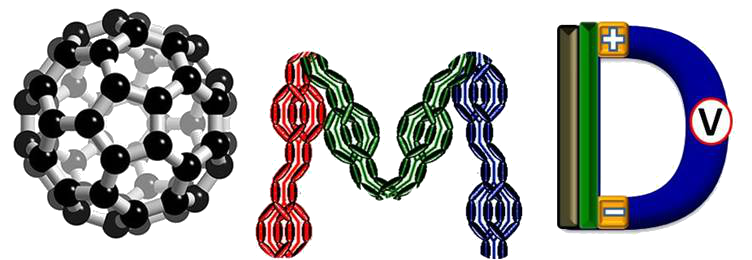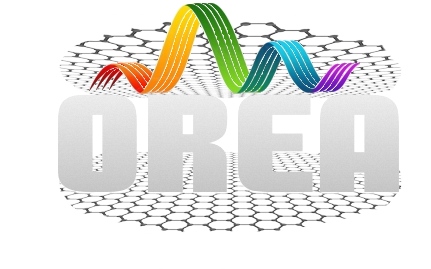




The main objective of the Erasmus LLP Project ‘Organic Electronics & Applications’ – O.R.E.A. is to design and construct the curriculum of a two year MSc joined degree in the modern field of organic semiconductors.
The project main output is going to run as a joined European MSc degree and it will refer to graduate students of Physics, Chemistry, Material and Electrical & Electronic Engineer Departments.
The OREA project has started on the 1st of October 2013. The consortium consists from: TEI of Crete (coordinator), Imperial College London (UK), University of Oxford (UK), Politechnico di Milan (IT), University of St-Andrews (UK), Cyprus University of Technology (CY), Johannes Keppler University of Linz (AT), University of Groningen (HOL), Friedrich-Alexander Universitat Erlangen -Nurnberg (GER), Institute of Electronic Structure and Laser – IESL (GR), Technion Israel Institute of Technology (ISR), NanoForce Ltd (UK), Solvay S.A. (BEL), Ceradrop (FR), Beneq (FIN), Aixtron (GER).
Professor Tessler is leading the development of the 4th core module "Transport Mechanisms in Organic Electronics"
The purpose of this module is to provide the tools for understanding device properties that are related to charge transport. Since organic chemistry can provide an infinite variety of chemical (material) structures we will also relate the material properties and the resulting physical mechanisms on the molecular (i.e. few molecules) scale to the large scale statistical properties of mobility and diffusivity that dictate the externally measured properties (as current-voltage or light-voltage characteristics). To set the scene we start by showing the differences between the transport in silicon that is taught in standard undergrad curriculum to transport in materials that include disorder.
We start with the fact all materials are high band-gap materials which in the context on silicon based devices defines them as insulators, we then introduce trap states to mimic the effect of disorder and see how it affects the mobility and diffusivity. Using the concepts of Anderson and Lifshitz localizations we introduce the hopping mechanism as the main transport mechanism in disorder semiconductors and discuss the role of Gaussian and Exponential DOS. Finally we introduce the organic nature in the form of strong electron-phonon interaction and the notion of charge polaron and the associated binding (“trap”) energy. The metal-insulator-metal as the prototypical device to study transport.